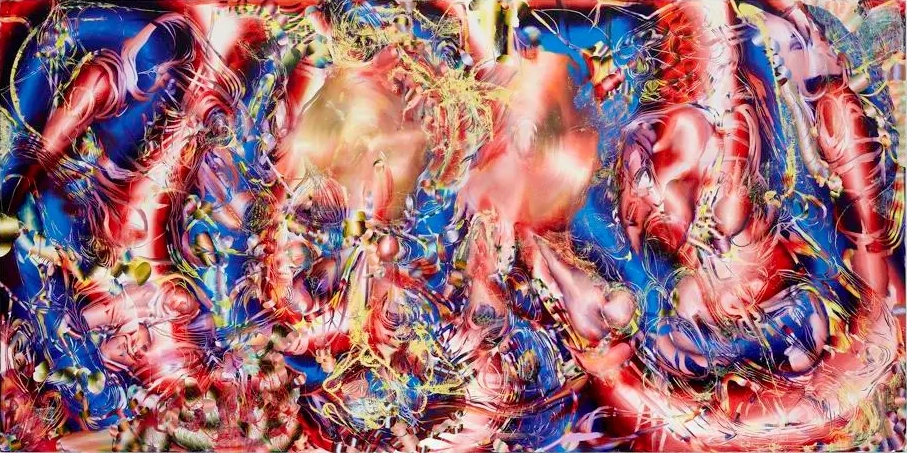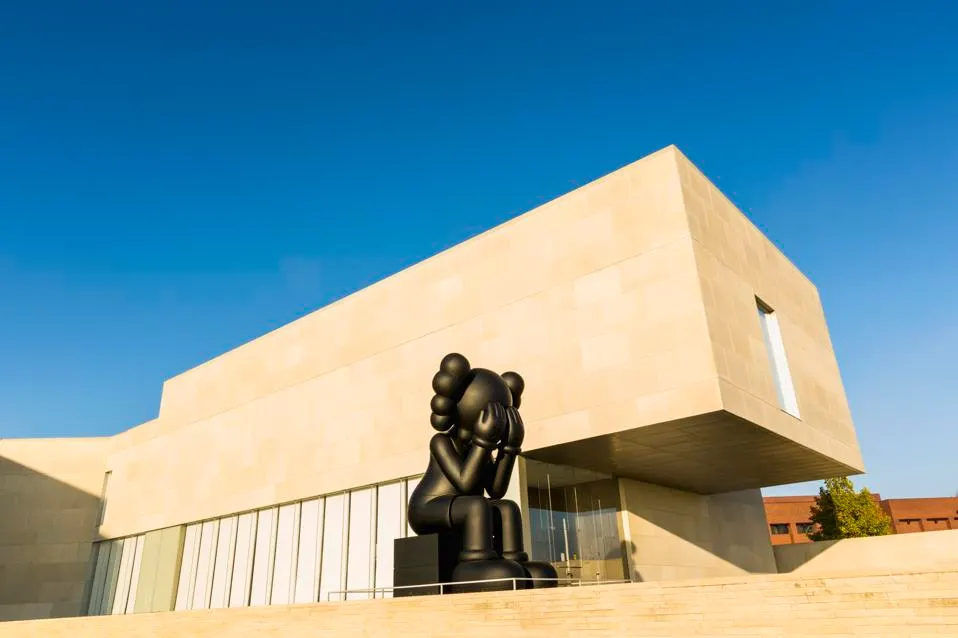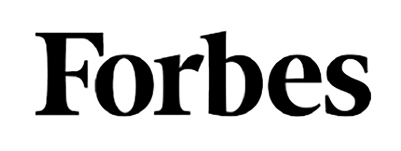Nerman Museum In Overland Park, KS Catches Another Rising Star: Lauren Quin
Jan 23, 2023 | Chad Scott
Lauren Quin’s (b. 1992, Los Angeles) credentials make her a strong bet as an up-and-coming artist. Her undergraduate fine art degree comes from the School of the Art Institute of Chicago, just like Georgia O’Keeffe, Joan Mitchell and Jeff Koons. She spent time studying at the prestigious Skowhegan School of Painting and Sculpture in Maine just like Ellsworth Kelly, David Driskell and Robert Indiana. She received her Master of Fine Art Degree in 2019 from the Yale School of Art just like Eva Hesse, Dawoud Bey and Wangechi Mutu.
Degrees matter less to an artists’ success than in most professions, however. An artist’s talent, or lack thereof, can be instantly recognized in the work they produce. Here, Quin shines as well. Bucking contemporary trends preferencing figurative painting, Quin’s abstractions recall the Abstract Expressionist heyday of the genre.
Monumental–many nearly 10-feet wide–vibrant, buzzing, puzzling, intricate and expansive canvases reel in onlookers. Their impact lends themselves to such overwrought language.
“A passage between or network among dimensions that generate sensuality and movement. (Quin’s paintings) reveal a nimble boundary between fetish and foul, blood and marrow, purity and perversion,” in the words of her gallery.
See for yourself during her first institutional solo show in the United States at the Nerman Museum of Contemporary Art in Overland Park, KS.
Lauren Quin ‘Tubes’
The exhibition places audiences in front of Quin’s soon-to-be-iconic “tube” paintings. Recently, her work has been acquired by the Fine Arts Museum of San Francisco, the High Museum of Art, Atlanta, the ICA Miami and Pérez Art Museum in Miami. the Phoenix Art Museum, and Walker Art Center in Minneapolis.
“I call it a tube, but it’s really just an inflated line–a fat line,” Quin told Forbes.com.
Having prepared a gallery show that opened the weekend COVID shutdowns began, the artist was sent back to the studio where her work transformed during the isolation.
“The real change is I took that fat line and made it fatter,” she said. “I inflated it and widened every type of mark, made it larger, and in doing so, it changed the space of the painting.”
She adjusted to the new ways in which people were viewing art during the pandemic–digitally, in miniature.
“I was carving with an X-acto blade into very thin drawings before the shutdown and you really couldn’t see them on a screen, they were very intimate and personal and when my work was being shown mostly online in the shutdown and pandemic… there was a lot of detail that was lost; these are massive paintings and you can’t see hair-like carvings,” Quin explains. “I started carving with a spoon and drawing with a spoon instead and in doing that I made the paint I was carving into bigger as well and instead of a tube it became a tunnel.”
The meaning of these tubes, where they come from, what they represent, remains fluid. For a recent show in Shanghai, “I was really thinking about the tube as an artery and different cuts of the body that show the body cut vertically and splayed open–not in a grotesque way necessarily, but in a way that is aware of the microscopic possibilities of the body.”
Abstractions, sure, but Quin is not interested in being a purist, pursuing abstraction for abstraction’s sake.
“There are bodies and parts in my paintings,” she said. “At any given time, I am taking from my natural world and digesting it and putting it in the painting.”
‘My Hellmouth’
Quin has titled her exhibition, “My Hellmouth.” Where does that come from?
“If we were to talk about tubes, it’s this massive esophagus. It is the tunnel or chasm or sinkhole,” she explains. “It’s also this idea of hell. I’ve been calling it a cantilever, the massive weight that holds up other parts of one’s desire. I’m always looking for inversions and flipping a problem on its head, so I think ‘My Hellmouth’ is about bottoming out inside that logic. I also feel like I am connected to sound and to the throat and to one’s voice so ‘Hellmouth’is also a reference to that.”
Hell never looked so good, but for all of the undeniable beauty of Quin’s paintings, they also roil and thrash. A stark duality. Their energy and color palate contribute to sensations approaching anxiety.
“It’s very red; there’s a lot of heat involved and a lot of competition,” Quin said. “I’m interested in instances of iridescence, this supernatural quality of color which is only happening in a glimpse because it’s based on motion. Iridescence is something microscopically green on one side and red on the other, but you can’t see both green and red so you’re seeing it flicker and move and shimmy away. I’m interested in trying to capture that quality in what is a still form.”
As “My Hellmouth” was coming into existence, Quin asked fellow L.A.-based writer and artist–and friend–Juliana Halpert to describe the work. Halpert insightfully captures the multiplicity and contrasts in an essay published on the “My Hellmouth” exhibition webpage. It describes, in part, about how the paintings, “attend to both the infinitesimal and the infinite, the microscopic and the monumental… glowing, churning canvases, implies an inferno of activity, things swallowed up and spit back out… jewel-toned blizzards of brushing, scraping, drawing, and printing, all layered atop one another, coursing and splashing through a system of her own invention, speak(ing) of some excess of feminine energy, exploding and imploding before our eyes.
Nerman Museum of Contemporary Art
Located on the outskirts of Kansas City across the state line, Overland Park wouldn’t seem like a natural setting for a revolutionary contemporary art museum. Further defying expectations, the Nerman calls Johnson County Community College home. Opening in 2007, in the institutional blink of an eye the museum has earned international acclaim for its architecture, exhibitions, educational programming and collection.
A collection that from the outset and its origins in 1980 placed an intentional focus on contemporary art. A collection that came to further narrow its focus to acquire work by Native American, African American and female artists long before doing so was fashionable.
With a modest yearly acquisitions budget, the Nerman set out to catch important artists early in their career trajectory, like Kerry James Marshall. The Nerman owns a painting from this essential American artist which would be a highlight at the Art Institute of Chicago or MoMA. It purchased the painting from an exhibition in 1995 for $12,000–nearly exhausting its acquisitions budget that year. The painting was recently appraised for 25 Million.
The Nerman bought a Kehinde Whiley painting out of his apartment long before he painted Barak Obama’s portrait. A keen eye and shrewd finds have allowed the Nerman to build a 2,000-piece contemporary collection that can go toe-to-toe with anything found on campus in the Ivy League or Big 10.
“My Hellmouth” is free and open to the public through June 18, 2023. The Nerman will be hosting an artist talk and reception with Quin on March 2, 2023, at 6 PM. Space is limited and RSVP to attend is required.
Article via FORBES




